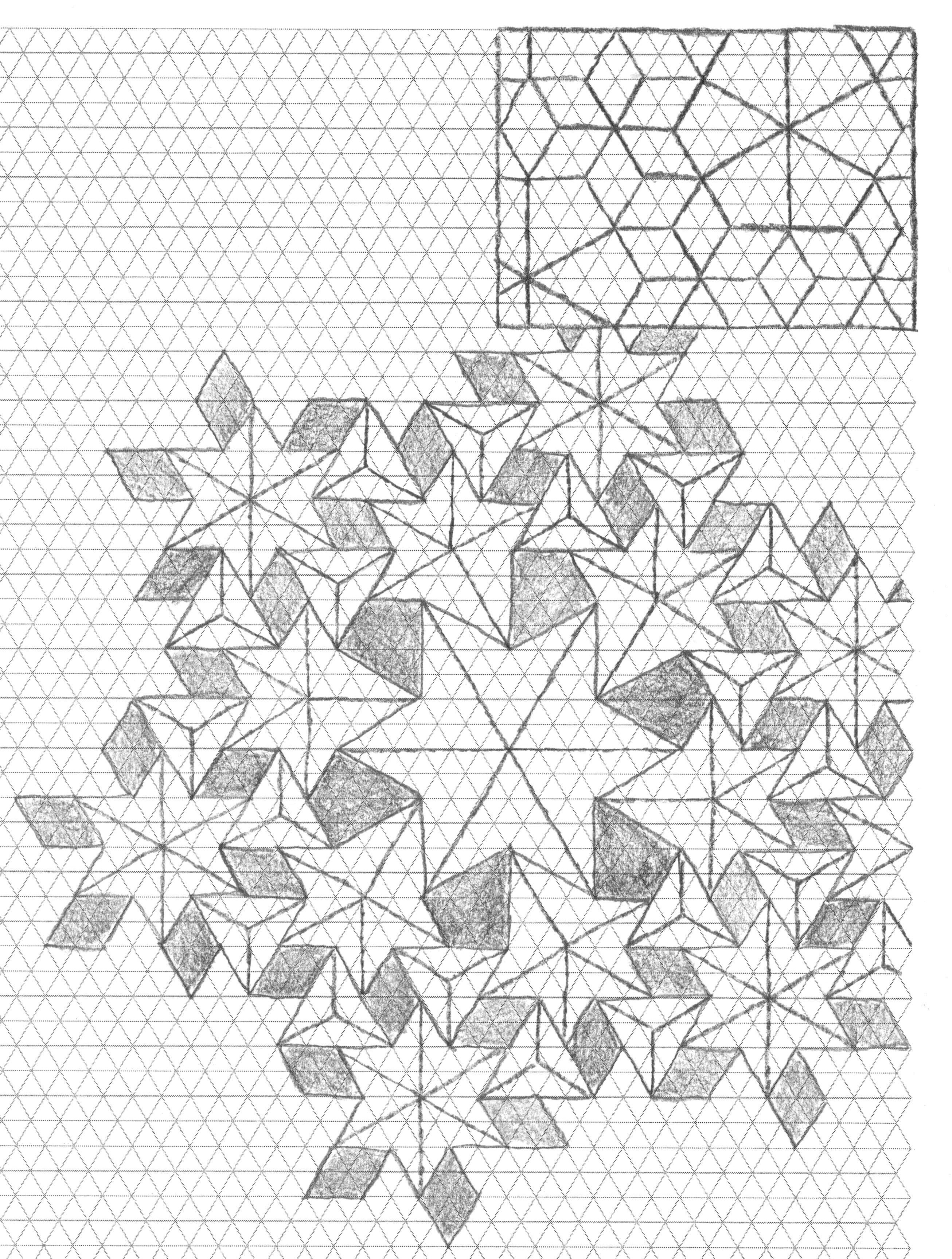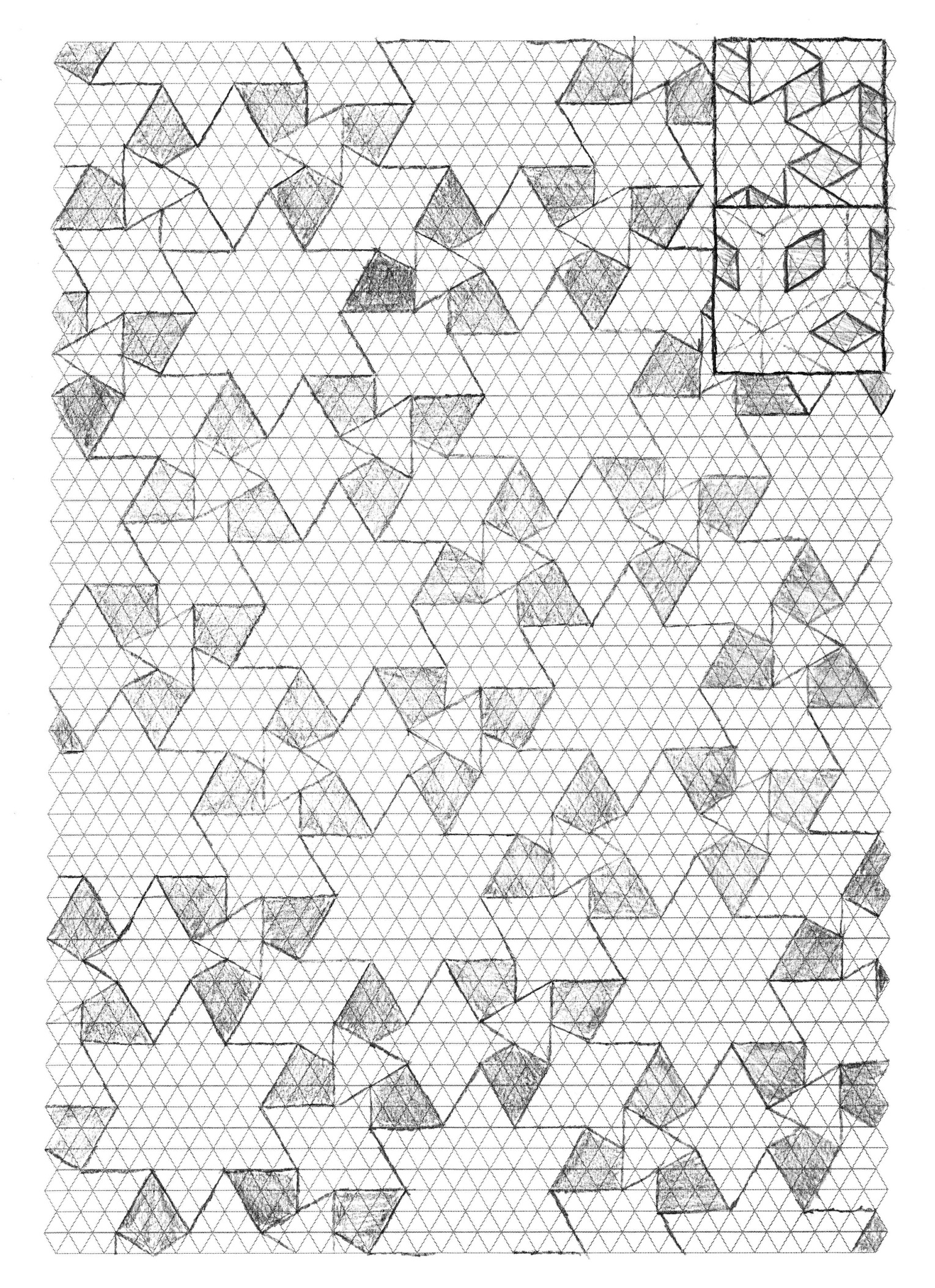Portland, Oregon sushi restaurant has origami tessellations?
I saw this story come up on my Technorati search feed on “origami tessellations”. How random is that? I’m guessing it’s tessellations of origami, and not the kind of tessellations that we do, but still it seemed interesting. I’ll have to try to remember to check this out if I’m ever in Portland! Having enjoyed great success with its downtown location (406 SW 13th), Masu recently built a branch in Southeast. There, origami tessellations hang on the walls, and futons lay behind the chairs. At the gorgeous, wood-paneled sushi bar, the chefs move fluidly. Light glints off knives. Chopping sounds fill the air. The rich smell of the freshest fish available is everywhere. Mmmm… Sushi!

